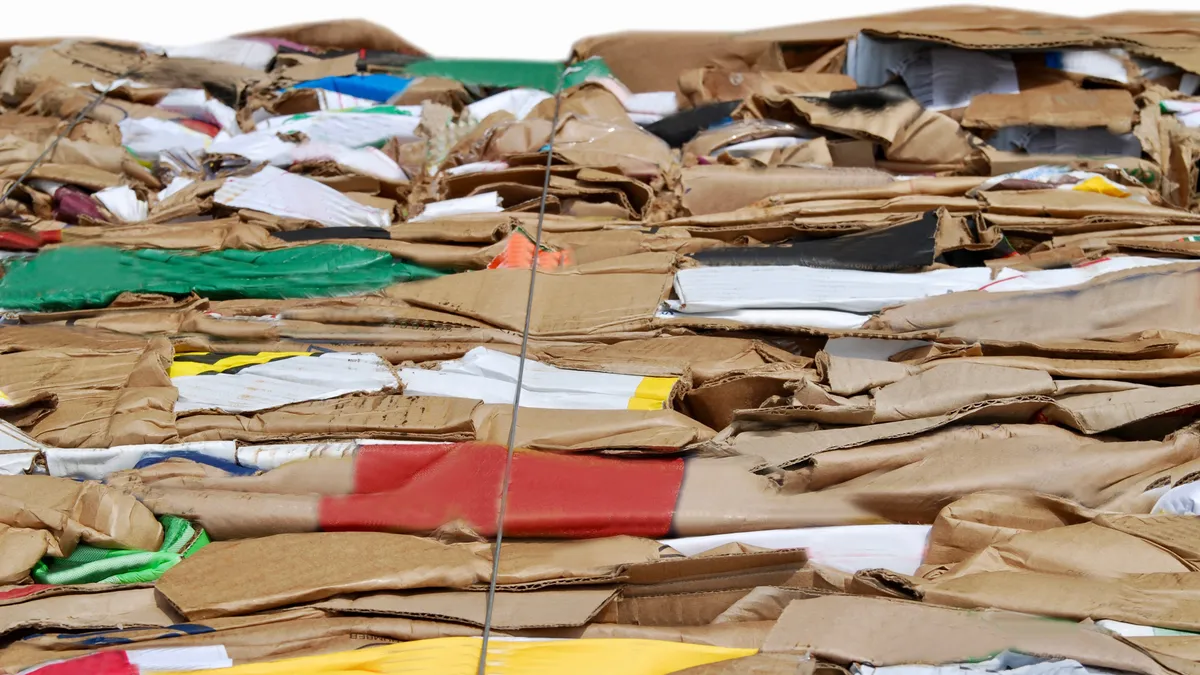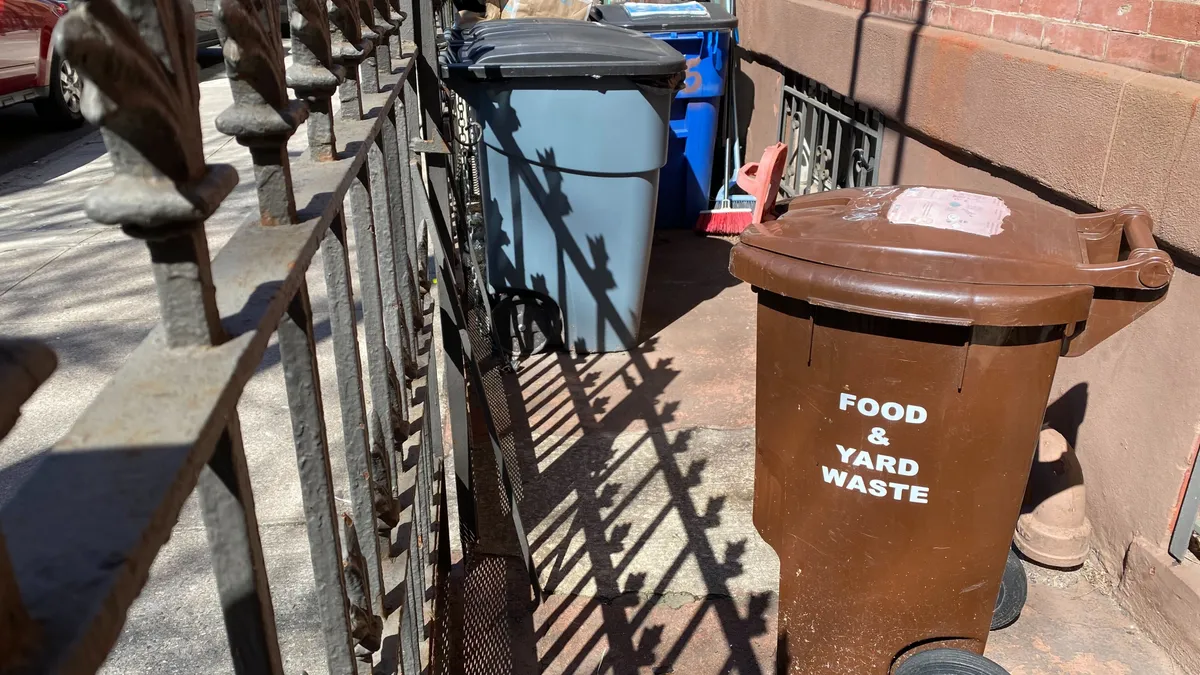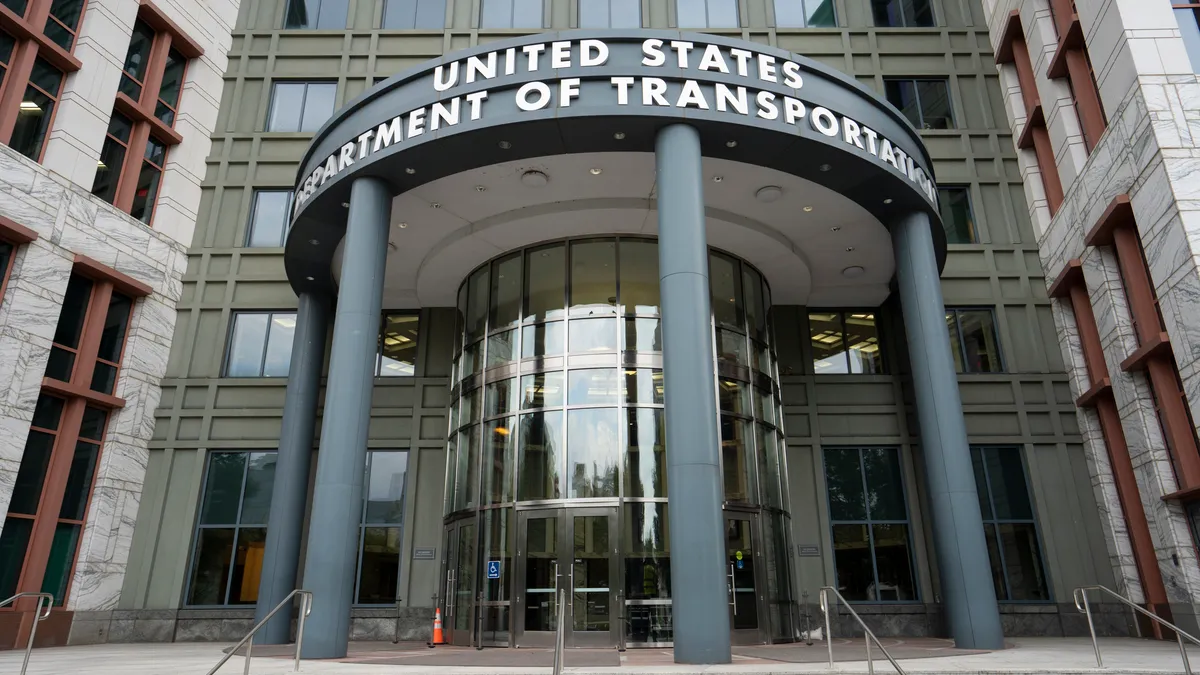As municipalities continue adapting to higher costs for their recycling programs, some are preaching the gospel of how moving to dual-stream systems helped make their materials cleaner and more marketable.
In recent years, municipalities in states such as New York, New Jersey, Pennsylvania and Florida have seen positive results from taking this step.
“They made the switch to save money and that’s exactly what’s happening,” said Neil Seldman, director of the Institute for Local Self-Reliance’s Waste to Wealth Initiative.
Dual-stream collection is not without its detractors who says residents may get confused or complain about the system if they’ve grown accustomed to a single-stream system that requires less sorting. Worker safety concerns are also raised as a potential factor.
Brent Dieleman, a senior project professional at SCS Engineers who recently examined the two options for Springfield Township, Pennsylvania, said the move can have benefits, but doubling the amount of carts that need to be picked up can also increase the risk of accidents or injuries.
"There’s communities out there that are just not willing to assume that added risk," Deileman said.
But for municipalities looking to save some money while also lowering their contamination rates, dual-stream can be an enticing option. Though recent national numbers are scarce, several experts agreed that scrap from dual-stream programs is generally cleaner because residents may be more conscientious about keeping dirty or difficult-to-recycle materials out of their bins.
That can translate to cost savings for MRF operators and their customers, and greater marketability for the cleaner bales they produce. Seldman said the markets have been clear on wanting clean recyclables and he believes dual-stream is the way to get there.
“The technology is there, and the markets are demanding clean materials,” he said. “Inertia is the problem.”
Dual stream's evolution
Most recycling programs in the United States began as dual- or multi-stream collection systems in the 1970s and 1980s. These programs gave residents two or more bins to sort and stash their recyclable materials, and the municipalities would contract with a hauler to collect it on a regular basis for processing at local MRFs.
Once Americans got comfortable with that system, single-stream recycling became the method du jour for municipalities across the country as officials looked to maximize revenues while simplifying the recycling process for consumers. From 2005 to 2014, the percentage of municipalities that used single-stream as their recycling process rose from 29% to 80%, according to the American Forest & Paper Association.
Currently, the nation predominantly uses single-stream. Though numbers are limited, the rise in MRFs able to handle single-stream recycling has been precipitous since the late ‘90s, and one Duke University study found the number of communities using single-stream grew from 20% in 2005 to 64% in 2010.
Single-stream recycling’s proponents say it maximizes recovery by making recycling simple for residents, but U.S. recycling rates have been stuck around 35% for almost a decade and contamination rates nationwide remain around 25%, according to the EPA. With little incentive to change, Seldman said, municipalities got comfortable with both levels as the status quo.
A pivotal change came in 2018, when China enacted new scrap import restrictions. The change meant U.S. recyclers lost a major customer for bales of mixed paper and plastic, especially compared to domestic markets, which were smaller and had higher standards for the cleanliness of mixed paper.
Dual-stream, proponents say, emerged as a viable option immediately following the policy change because it allowed entities up and down the recycling value chain to more cheaply and effectively sort their material, boosting profits overall.
Bret Biggers, an economist with the Institute of Scrap Recycling Industries, said fiber recycling especially benefits from dual-stream recycling. In some systems, broken glass and other particles can become embedded in cardboard and paper products when it's mixed in with other items.
Part of the reason fiber recycling benefits from dual-stream, Biggers said, is because the fiber and paper recyclables are pre-sorted by residents, allowing MRFs to cheaply separate the best items from more contaminated scrap. He likened the process to separating pennies from a handful of coins after already sorting the other denominations.
"Let's say with the copper pennies, you're going for shiny ones versus dull ones, right? ... If you have all your pennies together, you can now clearly see the shiny ones from the non-shiny and separate them faster and better," Biggers said. "As far as the silver, you'll be able to separate the dimes from the nickels from the quarters from the half dollars much quicker too. But if you mix them all together it's a tougher process... and that would increase the cost."
Finding success
Dual-stream’s proponents acknowledge there are higher up-front collection costs for a system where double the containers must be emptied from each home and routing efficiencies may change. But they argue those costs are more than made up by the profits from cleaner material.
Wilkes-Barre, Pennsylvania, has found success after recently switching to dual-stream. The city was bringing in a profit of $6,000-$8,000 a month when it first began single-stream recycling a decade ago. When international import policies disrupted the market the city was spending upward of $50 per ton for haulers to accept its recyclables. Officials decided they had to reevaluate.
“We tried cleaning up our single-stream as much as possible… but we just never made any headway,” said Butch Frati, director of operations and deputy city administrator.
Wilkes-Barre began its dual-stream program in May and is already spending a fraction of what it was before, Frati said, in part because it no longer gets charged to dispose of cardboard and paper. Even better, its tonnage actually increased once residents got used to the switch.
“We’re beyond the challenges that a lot of people thought were going to be difficult switching from single to dual,” Frati said. “Our program is on its way.”
Palm Beach County, Florida, got an unusual opportunity to see the changes that come with a dual-stream system when the city of Lake Worth Beach decided to make the switch. Lake Worth, as it was named until 2019, was once a member of the county Solid Waste Authority’s (SWA) dual-stream system, but broke off in 2008 to pursue single-stream.
Ten years later the market had changed considerably. Waste Management, the city’s contracted waste hauler, had gone from paying $10 per ton to charging $85 per ton. The change would have cost the city almost $200,000 a year, according to officials, and they entered negotiations to revert to dual-stream with the SWA.
Christine Engle, the city’s recycling program director, said the SWA helped provide educational materials and logistical support for the switch back to a dual-stream program in 2018.
“I think that the fact that the whole entire county has the same thing [now] is probably better on the educational level, on the logistical level, because now all of us are sending all of our materials to their facility,” she said. “It makes total sense that all of us are doing the same thing in the county.”
Engle’s team has since been out to inspect residents’ curbside recycling, leaving stickers on bins that are too contaminated to collect. She’s also been active in educating the public via social media and flyer campaigns, including door hangers, which Engle said have been achieving the desired effect.
"People maybe initially were like 'eh,' but I think now people are seeing that maybe it’s not such a big deal to switch to this type of program," ***Engle said?***
The contamination rate for recyclables from Lake Worth Beach has also improved considerably since making the switch. In the last years of its single-stream program, the city was approaching a 40% rate in its incoming waste. Since reverting to dual-stream, the city quickly reduced that to the 7-8% contamination average SWA was set up up to handle.
In the three years since the program was implemented, Lake Worth Beach has also matched the recycling tonnage being collected in its single-stream days: 1,977 tons in fiscal year 2021, according to Willie Puz, SWA’s director of public affairs and recycling.
The SWA, which was established by the Florida legislature in the 1980s, runs its own combustion facilities, several transfer stations, a landfill and a recycling center, and has operated as a dual-stream collection system since its founding.
Puz said the authority benefits from a dual-stream approach because it assumes the risk of marketing recyclable commodities with low redemption rates. Private haulers have begun to charge municipalities more for that risk, but Puz said that as a public entity SWA is primarily motivated by a desire to extend the life of its landfill as long as possible rather than maximize profits.
“As the owner of our own facility, we’ve seen the benefits of a dual-stream program from a contamination perspective,” Puz said. “By keeping to a dual-stream program, we felt that was the smartest move to make knowing we were taking the risk and our contamination was so much lower.”
Priority number one for Puz is preventing the need for another landfill in expensive and growing South Florida, but he said the authority also turned a profit in the last quarter, meaning its dual-stream program will pay out revenues to municipalities under a profit-sharing agreement.
“We have weathered National Sword, we have weathered taking on the new contract,” Puz said, “and we’re looking forward to the trend of keeping current market recycling rates where they are or even increasing.”























